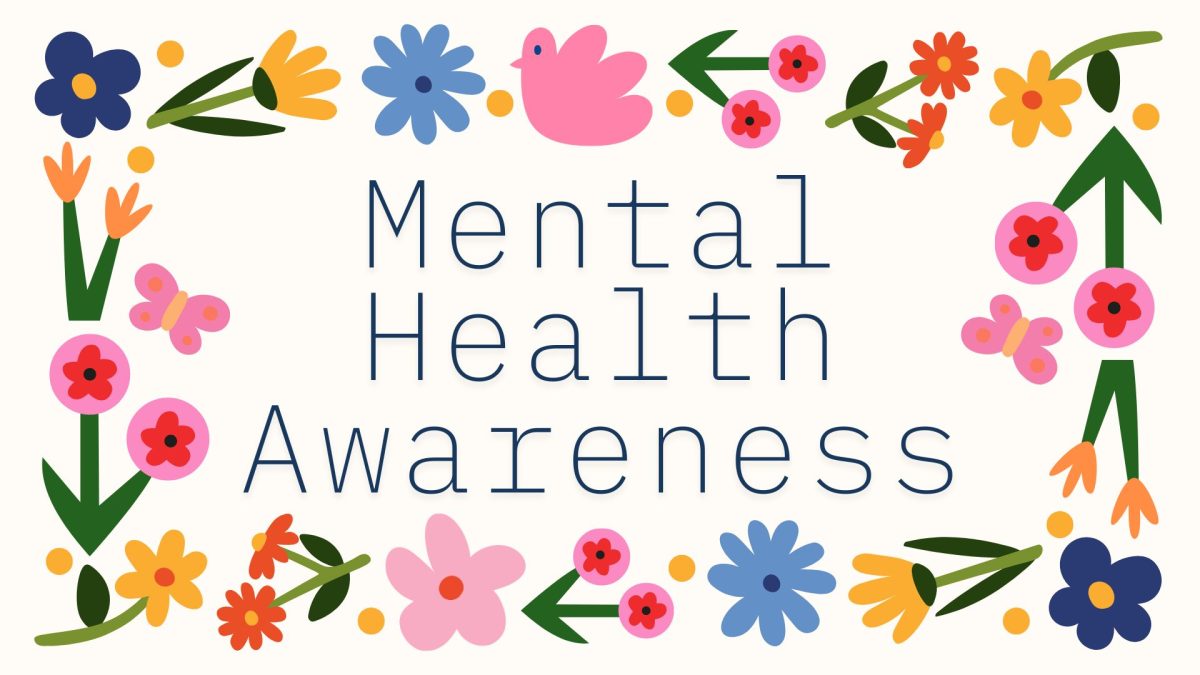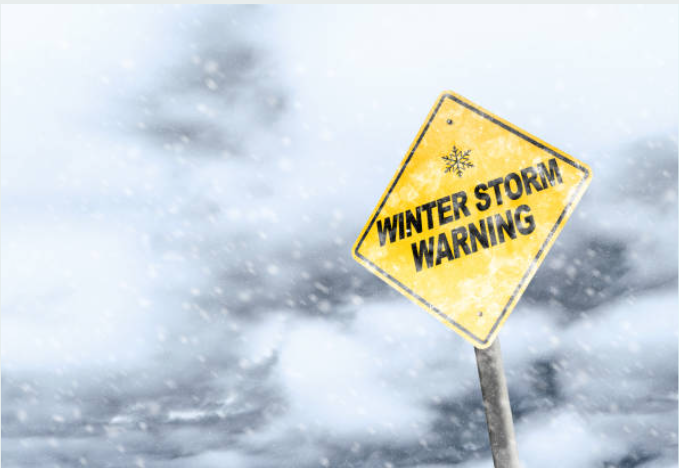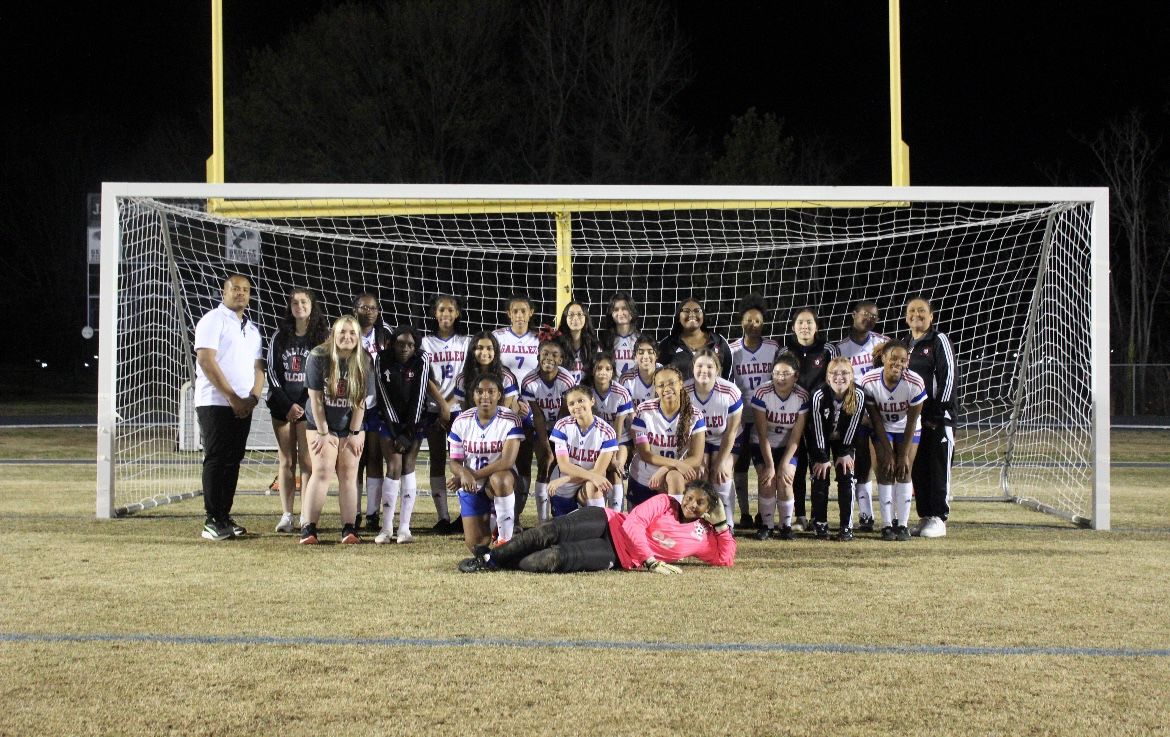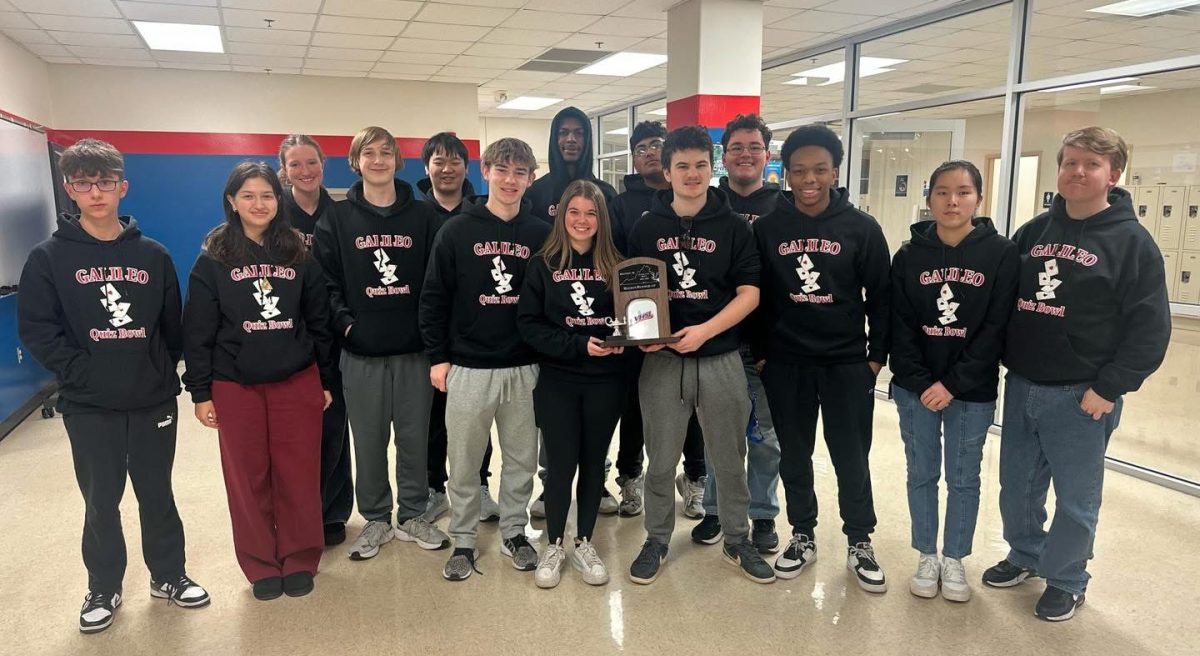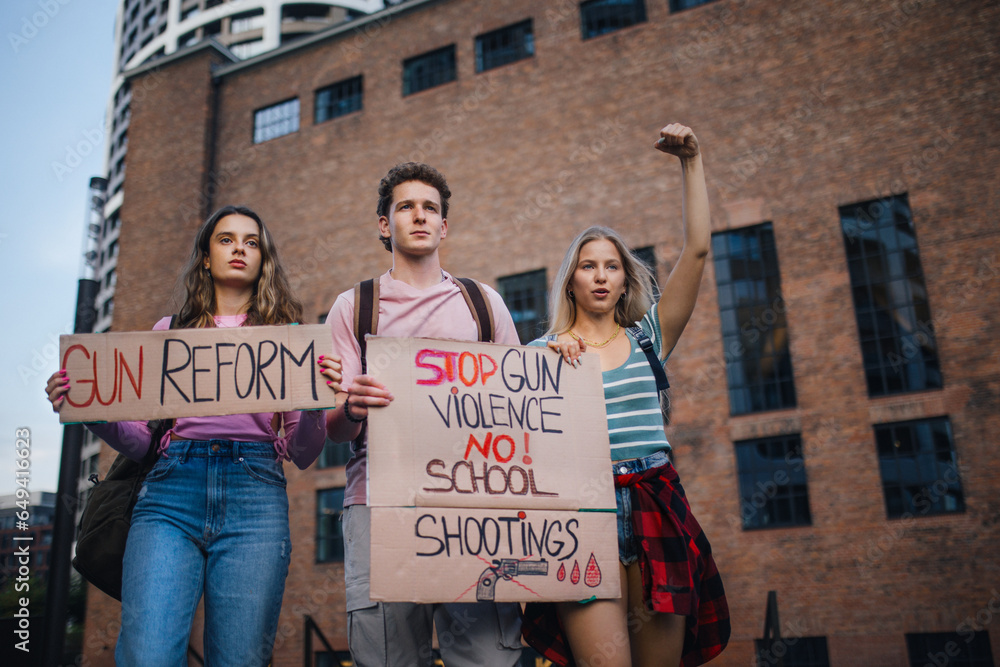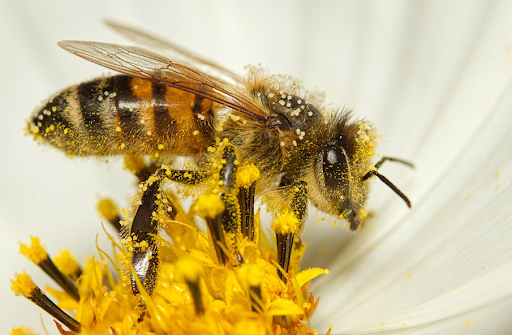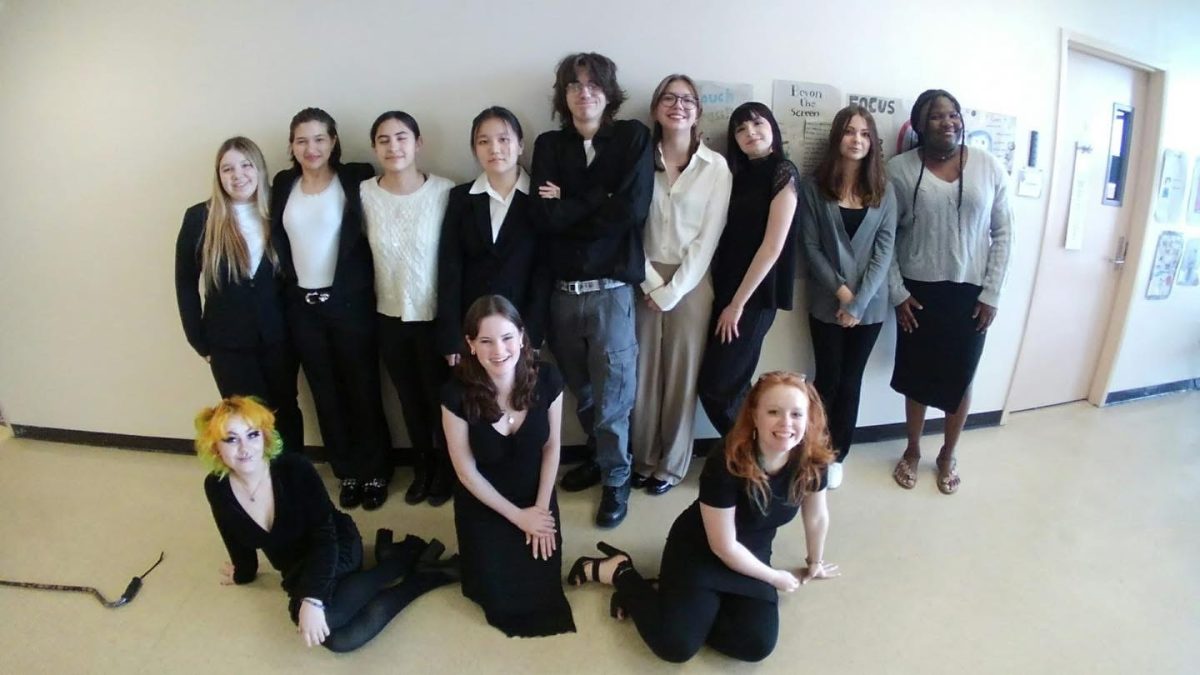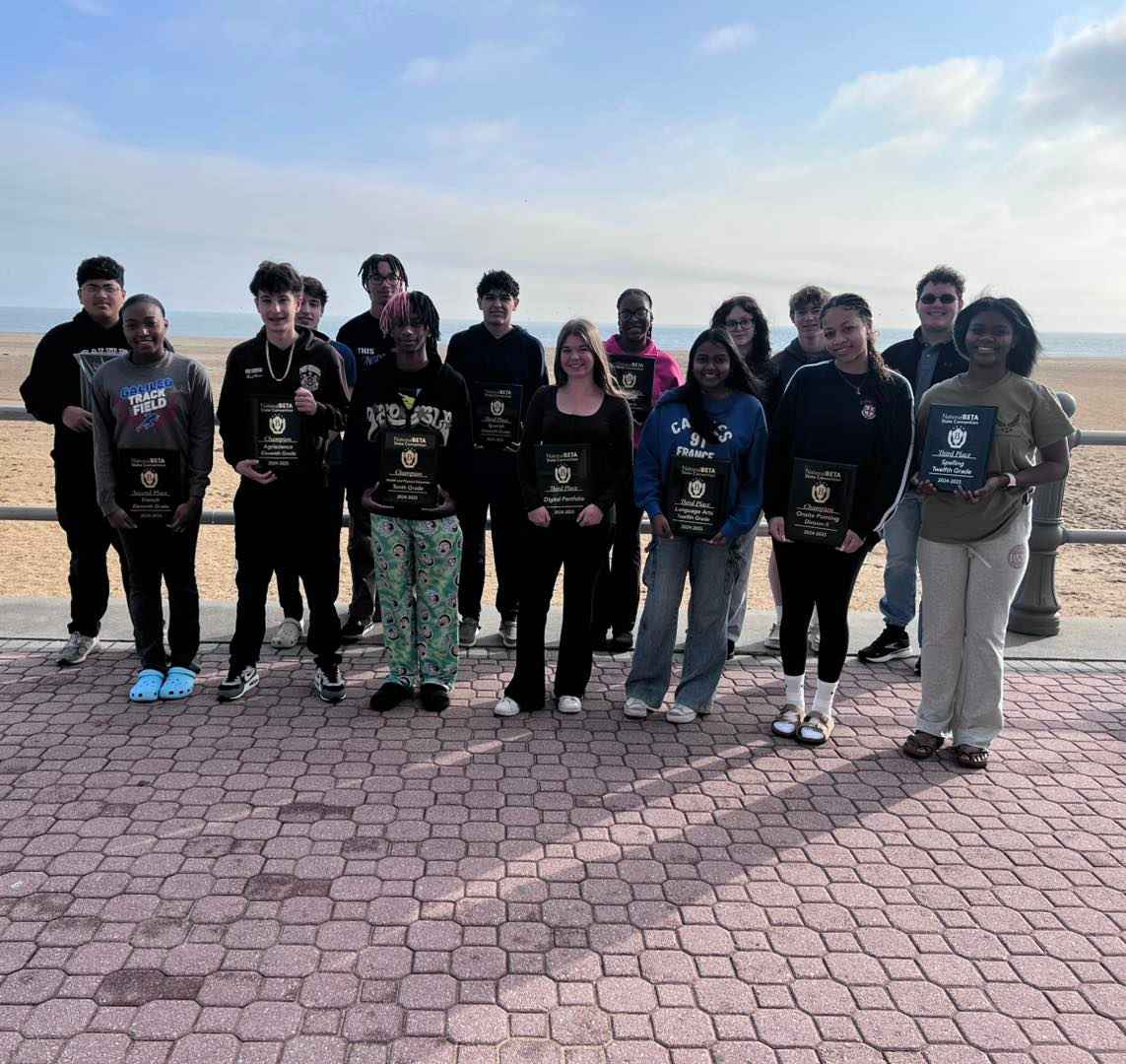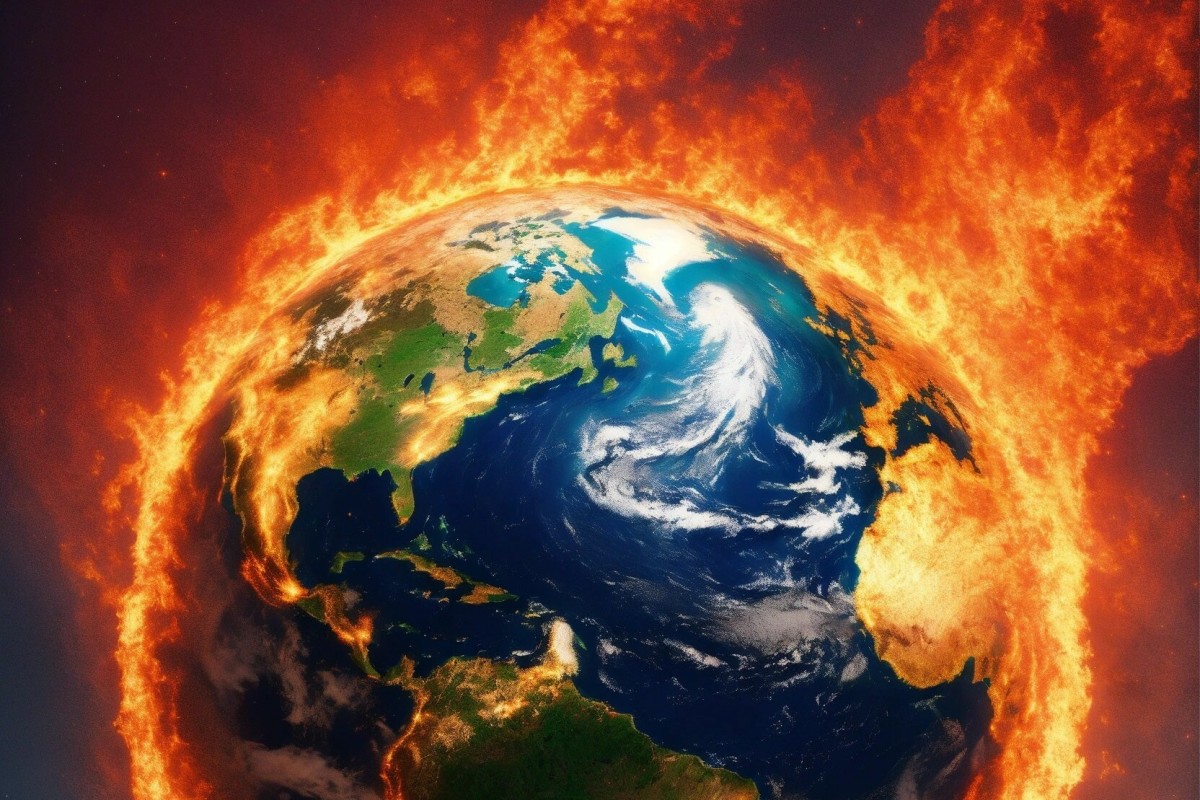America often looks away when it comes to global warming, caught up in the latest headlines or daily routines. But as 9th-grader Travis Stoddard puts it, “You can’t ignore the burning building and expect the issue to get resolved.” While the U.S. may not be experiencing the worst effects firsthand, other parts of the world are already suffering. The planet is getting hotter, weather patterns are becoming more unpredictable, and the global environment is changing in ways that we can’t afford to overlook any longer.
One of the most noticeable effects of climate change is how drastically it has impacted weather. Wildfires continue to burn in Los Angeles while, strangely, Florida, which is known for its sunshine, has seen snowfall. “The contrast is crazy,” says junior Romero Murphy. This kind of extreme weather shift is becoming more common due to the greenhouse effect. As carbon emissions build up, heat gets trapped in the atmosphere, causing rising temperatures, stronger storms, and unpredictable natural disasters. The more we pollute, the more unstable our climate becomes.
Even in ways we don’t always think about, our daily habits contribute to the crisis. Artificial intelligence (AI), for example, has revolutionized the way we live, but it also has an environmental cost. The massive data centers that power AI consume huge amounts of water and electricity to keep from overheating. “We should cut back on how much we use Chromebooks,” Murphy suggests, reminding us that even technology leaves a carbon footprint. While AI has the potential to help fight climate change by predicting patterns and improving sustainability, it still requires massive infrastructure, which can do more harm than good if not managed responsibly.
Another major but often ignored contributor to climate change is fast fashion. The demand for cheap, mass-produced clothing is creating enormous waste and pollution. Factories dump toxic dyes into rivers, synthetic fabrics release microplastics into the ocean, and millions of garments end up in landfills every year. The fashion industry alone is responsible for nearly 10% of global carbon emissions. But small changes, such as thrifting, reusing clothes, or supporting sustainable brands, can make a big difference.
So why aren’t more people taking action? “Honestly, I think that would only happen if something personally affected them,” says sophomore My’Anna Wilson. And that’s the reality; until someone experiences a wildfire, a flood, or extreme weather firsthand, it’s easy to ignore the bigger picture. But in many parts of the world, students don’t have the luxury of looking away. As Elicia Gray points out, “Schools in other countries don’t always have the privilege of AC… The heat will also affect crop rotations, and kids will have to stay home to help their families, impacting their education.” Climate change isn’t just about rising temperatures—it affects people’s lives, their ability to learn, and even their futures.
The truth is, that we all play a role in the problem, but that also means we can be part of the solution. Small steps like cutting down on digital waste, choosing sustainable fashion, and reducing energy use, can add up and help the climate crisis. Students have the power to make a real difference, whether through environmental clubs, school projects, or simply making informed choices. The climate crisis isn’t a far-off problem—it’s happening right now, and it’s demanding our attention. The real question is: will we finally stop looking away?

